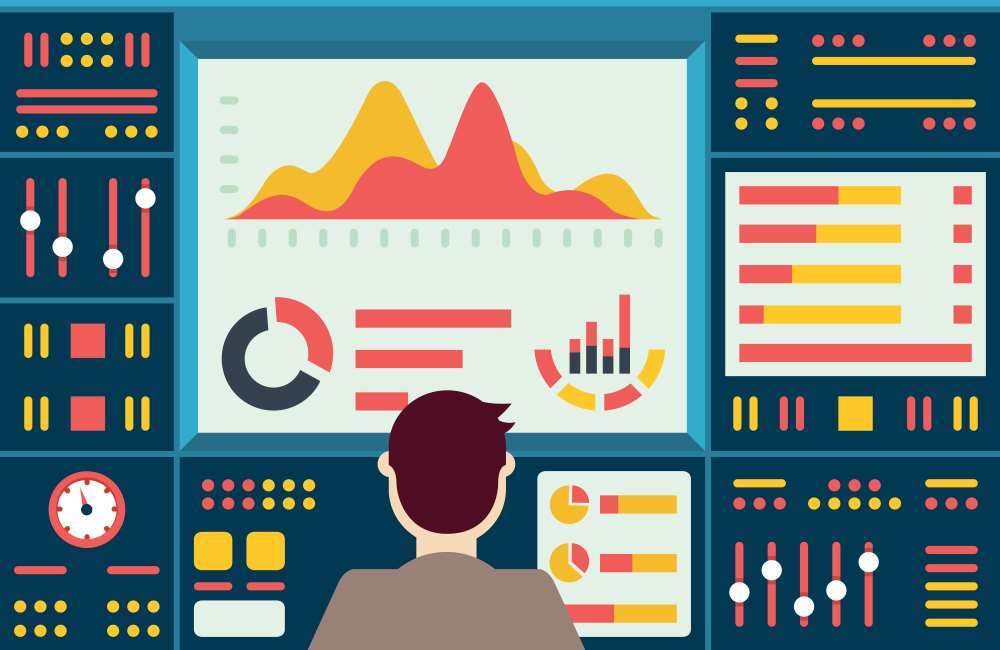Predictive Analytics and Your Next Purchase
So, just how do Amazon and Netflix come up with the viewer recommendations, anyway?
The answer is data science. One of the best-known examples of predictive analytics is used by online movie streaming companies. These services provide viewers recommendations on what they might want to watch next.
Data on past viewing habits helps make these suggestions, so does data from other viewers with similar viewing habits. They also offer up movies featuring the same actors or directors.
Once laughably bad, these recommendations are improving. That’s because data science is improving, as well. Things have come a long way from the Toyota Camry advertisements suddenly following you everywhere online because you once looked at a Camry (although this still happens).
Now, retailers use data to determine purchasing habits. Not only do they know what you may buy, but also how much you will spend and when.
Types of Analytics
Data analytics typically fall into one of four categories: descriptive, predictive, prescriptive and discovery. It is the first two used primarily in retail (and most other industries, for that matter).
In descriptive analytics, historical data is collected, categorized, aggregated and classified. It is used to see where an organization has been. It also helps to determine how specific decisions affected the numbers. Examples could include the effect of a targeted email campaign or special discounts offered through memberships.
It’s an excellent way to get a detailed look at consumer behavior and what worked and didn’t work. It can provide details on conversion rates, average order value, and amounts spent over set time periods.
Predictive analytics considers potential outcomes based on current or proposed strategies. Using advanced algorithms to find trends in historical data, the process can create accurate predictions of how a change will impact outcomes in terms of revenue, products sold, needed inventory and labor, among other areas.
The goal is not 100 percent accuracy. Instead, predictive analytics seeks to provide detailed insight into potential outcomes.
It’s also the type of analytics that helps online retailers such as Amazon determine what you will want to buy before maybe even you realize it.
Customer Intelligence
Sometimes referred to as customer intelligence, this use of predictive analytics is growing in popularity among online retailers. It involves three types of workers.
Retail experts. It’s impossible to know the right data to collect without deep understanding of how retail works. Experts suggest the types of data that needs to be collected. They also must set the goal for a predictive project – what is it they want to know and how they will use it to make business decisions.
Data coders. Coders set up systems that collect data. They also oversee the collection and storage process. For many companies, this is now assigned to outside consultants and cloud service providers.
Data scientists. Now comes the predictive work. Data scientists create predictive models based on the collected data and with the business goal in mind. This can include issues such as when a consumer will buy again, how much they will spend and, yes, even what they might purchase.
How This Works
That’s all complicated and interesting, especially for those interested in data science. But how can it be used?
For one example, the data could accurately predict which customers are very loyal and will likely return to buy something again within a set time frame (say, two weeks). That quickly identifies for business leaders the size of their loyal base, their frequency of purchases and how much they spend.
Such data also can identify those who make big purchases, but not frequently. That group could then be targeted with a special campaign – discounted prices, for example – to encourage them to buy more frequently.
In sales, analyzing data can determine what behavior indicates a lead is most likely to close. For customer-facing employees, it can even determine what words and phrases work best to raise the chances of closing a sale.
In even more complex cases, data scientists can determine the connection between one product and another. For example, what type of car you drive might determine what other products you are most likely to buy, based on purchasing patterns of people who own the same car.
That’s just a few examples of how predictive analytics helps retailers better understand their customer base and target potential new customers. While it may intrusive to some, it also helps consumers see ads for things they want, as well as make them more likely to receive specials and discounts.
And that, ultimately, is a good thing.


